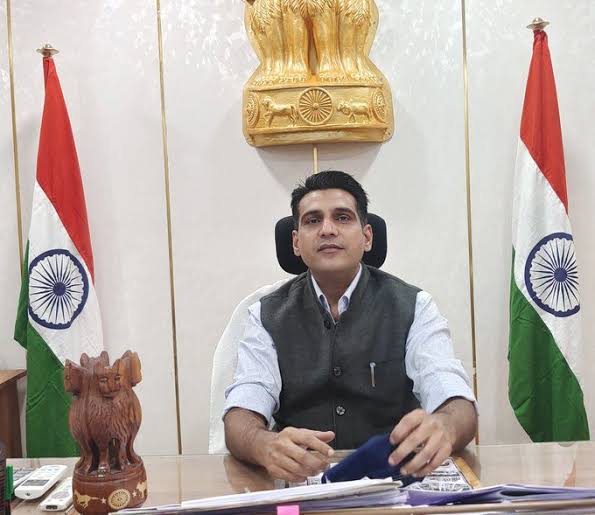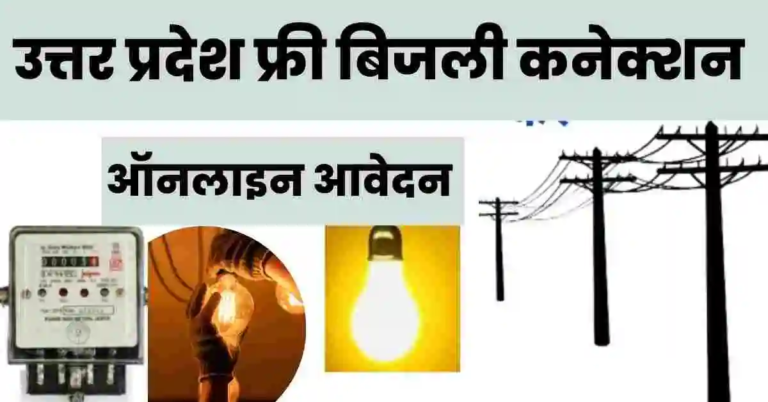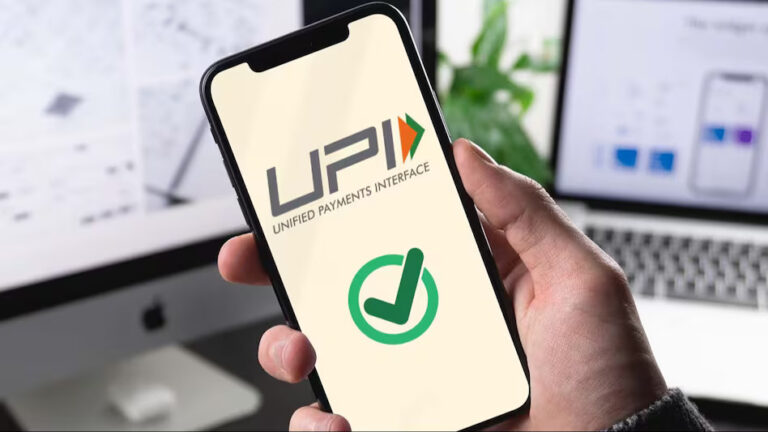How to Get Back Money Wrongly Transferred via UPI?

In the era of digital transactions, the Unified Payment Interface (UPI) has emerged as a convenient and efficient way to transfer funds. However, despite its user-friendly interface and robust security measures, instances of mistakenly transferring money to the wrong recipient can occur. One common scenario involves the reassignment of mobile numbers linked to UPI, which can lead to unintended transfers. In this article, we will explore the process of recovering funds that have been erroneously transferred via UPI, providing a comprehensive guide for individuals facing such situations.
Also Read: How to Merge Multiple EPF Account UANs?
Contents
Understanding the Scenario:
The process of mobile number reassignment can inadvertently result in funds being transferred to the wrong recipient. This typically happens when a mobile number linked to a UPI ID gets deactivated and reassigned to another individual, who then links it to their bank account. Since UPI transactions are tied to mobile numbers, unsuspecting users may transfer money to the old mobile number, unaware that it now belongs to someone else. This highlights the critical link between mobile numbers, UPI IDs, and bank accounts in the transfer process.
Recovery Process:
When funds are mistakenly transferred, it is essential to provide proof of the unintentional transfer to the bank. This may involve providing transaction details and explaining the circumstances surrounding the error. Legal experts emphasize the importance of demonstrating that the transfer was made in error, as it becomes the bank’s responsibility to ensure the transaction is reversed. Individuals also have the option of filing complaints with the banking ombudsman if the bank fails to rectify the error.
Prompt Action Increases Chances of Recovery:
Acting swiftly is key to increasing the likelihood of recovering mistakenly transferred funds. Individuals should immediately report the error to their bank, providing transaction details and relevant information. Additionally, reaching out to the unintended recipient to request a return of funds can be beneficial. While banks can mediate in such situations, success may vary based on policies and cooperation. Timely reporting, close liaison, and collaboration with the bank can significantly improve the chances of a successful resolution.
Utilizing NPCI’s Dispute Redressal Mechanism:
The National Payments Corporation of India (NPCI) offers a dispute redressal mechanism for resolving issues related to UPI transactions. Individuals can lodge complaints through NPCI’s platform, selecting the nature of the transaction and specifying the issue encountered. The process involves an escalation mechanism, starting with raising a complaint with the UPI app used for the transaction and escalating it to the bank and NPCI if necessary. If the complaint remains unresolved, individuals can approach the banking ombudsman for further assistance.
Security Measures:
Despite mobile number reassignment, access to bank accounts is safeguarded by multi-layered security protocols implemented by banks. These protocols include passwords, PINs, security questions, and two-factor authentication, ensuring that only authorized individuals can access and manage the account. Therefore, even if a mobile number is reassigned, it does not automatically grant access to the associated bank account.
Mobile Number Reassignment and UPI ID Deactivation:
Regulations govern the reassignment of mobile numbers by the Telecom Regulatory Authority of India (TRAI), ensuring that numbers are not deactivated for non-usage unless a minimum period has elapsed. Similarly, NPCI’s guidelines dictate the deactivation of UPI IDs associated with inactive users after a specified period of non-usage. Individuals should be aware of these regulations to understand the implications for their UPI transactions.
Reactivating Deactivated UPI IDs:
If a UPI ID is deactivated due to non-usage, individuals can reactivate it by re-registering on the UPI platform and linking their mobile numbers again. This process ensures that individuals can continue using their UPI IDs for transactions. It is crucial to verify displayed names carefully during transactions to avoid errors and ensure that funds are transferred to the intended recipient.
Conclusion:
Mistakenly transferring funds via UPI can be a stressful experience, but understanding the recovery process outlined in this article can help individuals navigate such situations effectively. By acting promptly, providing necessary proof, and leveraging dispute resolution mechanisms, individuals can increase their chances of reclaiming mistakenly transferred funds. Additionally, awareness of security measures, regulations governing mobile number reassignment, and the process of reactivating deactivated UPI IDs are essential for ensuring smooth and secure digital transactions. Ultimately, by following the guidelines outlined here, individuals can maintain trust in UPI as a reliable and convenient payment system.





